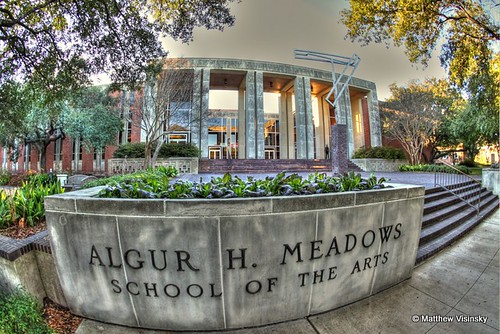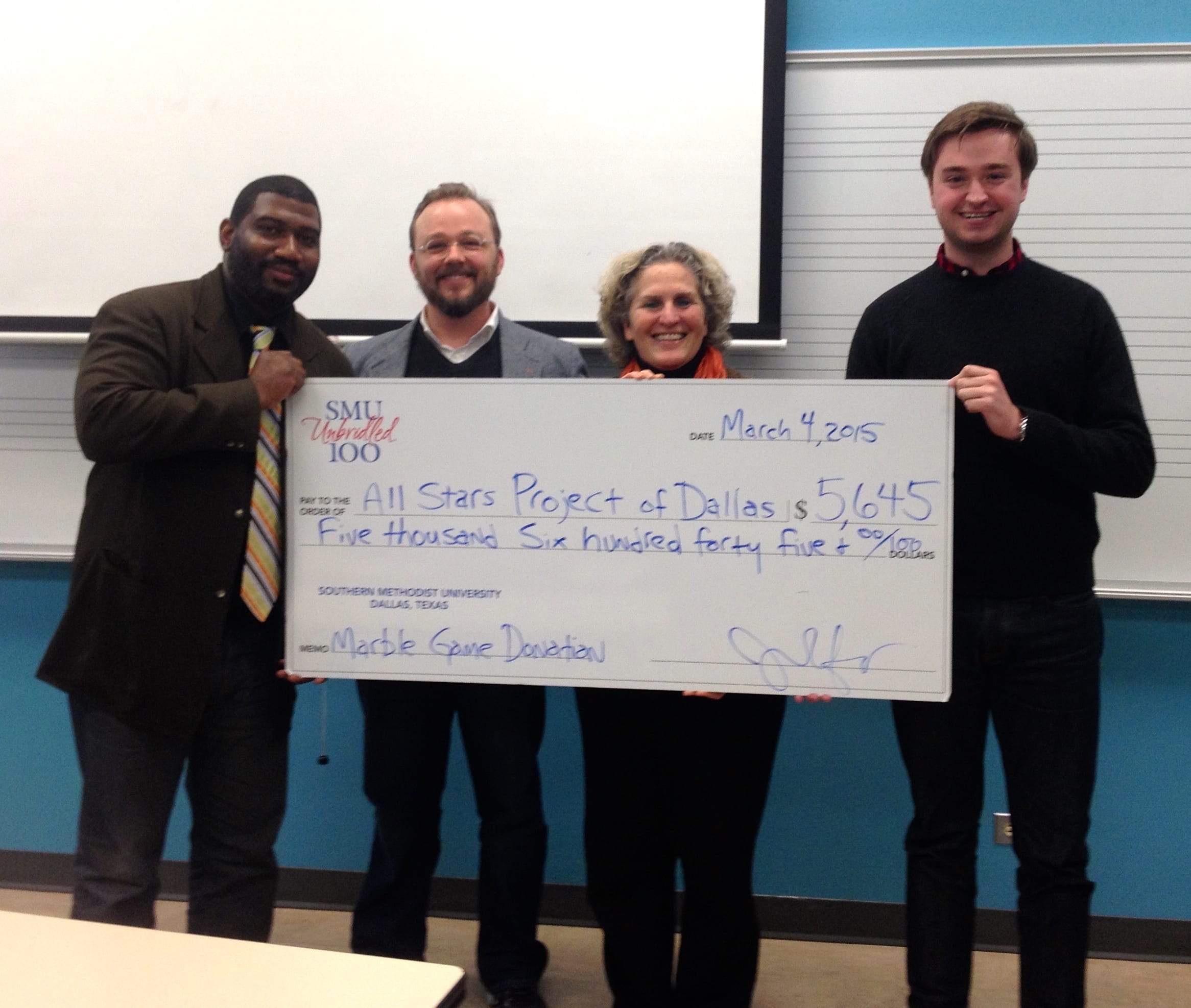Daniel Buraczeski; Former Artistic Director and Founder of JAZZDANCE
After a career on Broadway, Danny Buraczeski founded the original New York City-based JAZZDANCE in 1979. The company was moved to the Twin Cities of Minneapolis/St. Paul from 1992-2005, where the Minneapolis StarTribune named Danny Artist of the Year in 2000. He is now a Professor of Dance at Southern Methodist University, and continues to create works for repertory companies and universities around the nation.
1. What role, if any, does a business plan play in building and launching an arts organization?
You need a passion and vision to get started. I wanted to explore the possibility of presenting jazz dance in concert form, digging deep into the music and its history; similar to the model for a modern company. I wanted to engage the audience with ideas, not just entertain and seduce them. I had no business plan. What I did have was a network of connections; people who could do things or donate that would help get me going. I had a group of dancers who were willing to work for free, knowing that I was determined to make something that had a life to it and ultimately had paid dancers. It was a leap of faith for them.
I took classes at a number of studios in New York. The owner of one of the studios was willing to give me free rehearsal space. I basically paid for my first concert myself with savings from working on Broadway and a big tax refund. I learned by doing. I had to negotiate with the theater and had to get up to speed quickly on what a contract meant. I had a designer friend who created a great poster/flyer. We all put them up in every dance studio we could. Advertising was word of mouth. It all came together and it was very exciting.
2. What three pieces of advice would you give aspiring artist entrepreneurs about planning?
Begin with a specific goal/project. My first was producing an evening of original choreography in New York City. Second, identify those people who can help you achieve your goal and make the project a reality. Share your vision with them so they can make a personal and sincere investment. This investment is not necessarily monetary at first. Lastly, don’t try to do everything yourself. Proceed with trust.
3. What do you believe are necessary qualities, if there are any, for artist entrepreneurs to possess or develop?
Of course, as I have already mentioned, passion and vision are a must. Without getting bogged down in details and without thinking too far ahead at first, an artist entrepreneur needs to be curious about how to “mechanics” of making art works. She/he needs to experience the doing. That will supply a lot of information about moving forward and what is needed to move forward. It is really important to keep in touch with the joy, excitement, and fulfillment of making art.
4. What inspired you to begin your own arts organization?
I didn’t think of having an organization until I did my third concert. As I mentioned in an earlier answer, I wanted to explore concert jazz dance with a different set of values than those of commercial or Broadway dance. I have, and had, great respect for those aesthetics, but I wanted to do something different. I had and still have a great passion for jazz music and its history. When I hit the third concert, I knew I would have to build an organization if I wanted to move forward.
5. What kind of financial backing did you have to begin your organization?
I had some savings and a sizable tax refund to start out. Dancers were not paid, I was not paid, and people donated a lot of services. In terms of paying for the rental of the theater and lighting design, friends and their friends put faith and trust on what I did. I hoped that box office receipts would cover expenses. Luckily it did, for the most part. I negotiated a payment plan with those I could not pay in full. It worked out. I guess I was an artist entrepreneur and didn’t know it!
I knew after the third concert I would need support in order to move forward. After presenting work in New York State for three years, you become eligible and could apply for New York State Arts Council funding in addition to foundations and corporations. The manager of Trisha Brown’s company, a man named John Killacy, helped me incorporate and apply to the NY State Arts Council for the first time. The lawyer was someone who saw the concerts, liked what I was trying to do and did it pro bono. Jack Killacy helped for a six-pack of beer. One of the jobs I had supporting myself as an artist in New York was working for a high-end caterer. The caterer provided great food at cost for many of Trisha Brown’s fundraisers. I was a waiter and donated my services. John Killacy was returning a favor. It was an amazing network of support. I did get NYSCA funds and other grants and we were on our way.
The next big event was when a dance presenter who wanted the company to perform at their theater contacted me. That was another interesting story. I had to find a booking agent. After a few missteps, I found the ideal math for my work. Lisa Booth Management represented my work and company for 22 out of 25 years.
6. What unexpected problems or situations arose in the planning of your organization that you wish you had been better prepared to handle?
I wish I had more knowledge about board development from the start. Over the years, there were too many friends on the board, and not enough objective voices helping to manage the organization’s ongoing activities. The dance company did last for twenty-five years, but there were periods of instability that could have been avoided.
Never get behind on your payroll taxes. That happened only once, but it was a disheartening and difficult time. Surround yourself with people you trust and who support your goals and vision, and then let them help you.
Interviewer: Ellie Butler, SMU Arts Entrepreneurship student.




